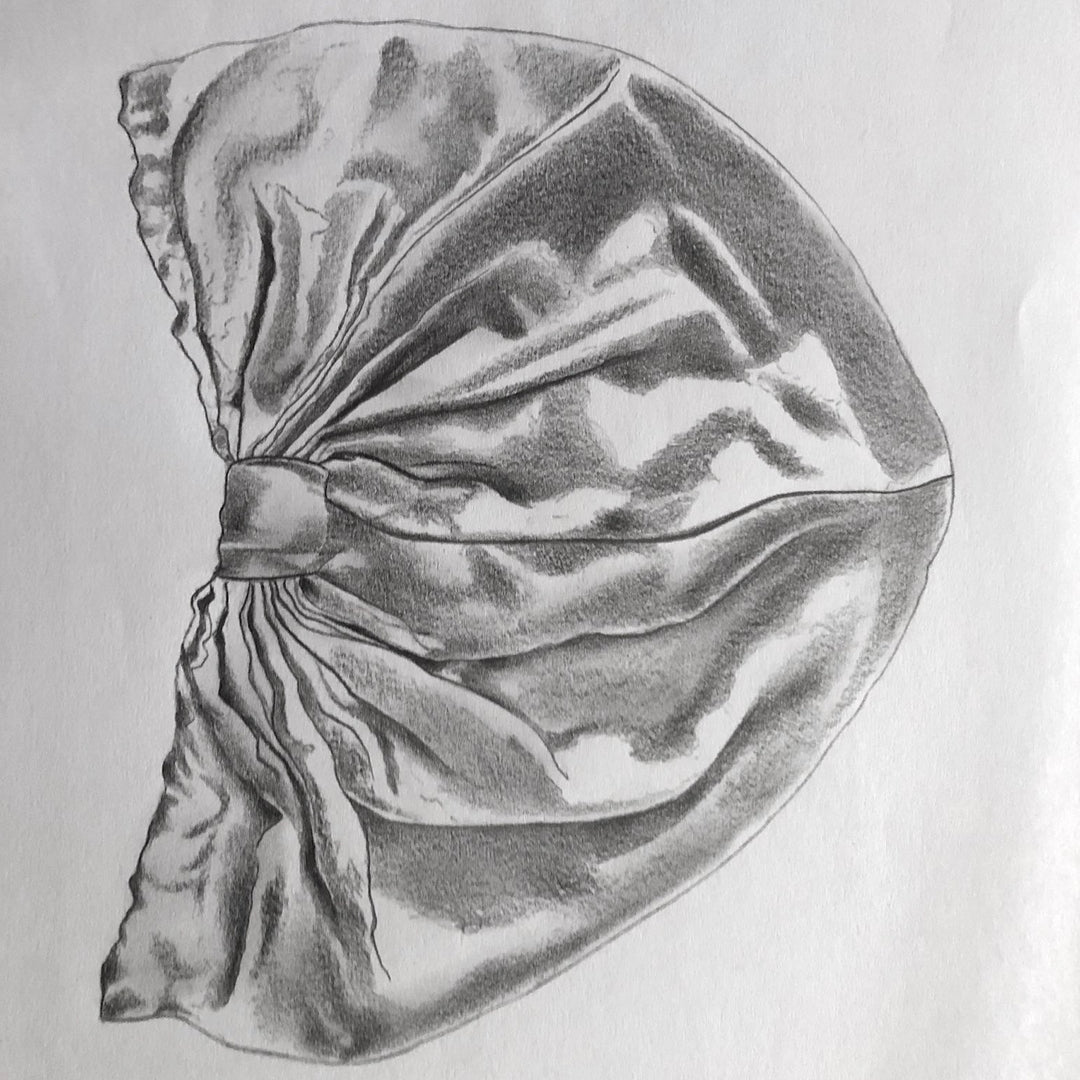How to Get Rid of Hair Breakage for Good

From blow-drying to brushing, your hair goes through a lot every day. Unfortunately, this wear and tear often leads to hair breakage—those frustrating snapped strands that make your hair look dull, uneven, and brittle. But don’t worry, with the right strategies, you can say goodbye to breakage and hello to healthier, stronger hair.
Let’s dive into what causes hair breakage, how to fix it, and what you can do to prevent it in the future—including how Organic Silk Bonnets from Lina Lennox can be a game-changer for keeping your hair protected.
What Causes Hair Breakage?
Hair breakage occurs when strands become weak, dry, or brittle, causing them to snap or split. Several factors contribute to this issue, including:
- Excessive Heat Styling: Frequent use of blow dryers, flat irons, or curling wands can deplete moisture and weaken hair strands.
- Chemical Treatments: Hair coloring, bleaching, and chemical relaxers can strip hair of its natural oils and proteins, leading to damage.
- Poor Hair Care Practices: Rough brushing, tight hairstyles, and improper towel drying can create tension on your hair, causing it to snap.
- Lack of Moisture: Dry hair is more prone to breakage, as it lacks the elasticity needed to withstand styling and environmental stressors.
-
Nutritional Deficiencies: A lack of essential nutrients, such as protein, biotin, and vitamins, can weaken hair from the inside out.
- Medical Issues: Certain medical conditions, such as thyroid imbalances, anemia, or hormonal changes, can also contribute to hair breakage. Additionally, stress and medications like chemotherapy or birth control pills can affect hair health, making it more prone to breaking.
How to Prevent and Repair Hair Breakage
1. Nourish Your Hair from Within
Just like your skin, your hair needs the right nutrients to stay strong and healthy. Incorporate foods rich in protein, omega-3 fatty acids, and biotin to promote healthy hair growth. A balanced diet can help ensure your hair is less susceptible to breakage.
2. Deep Condition Regularly
Dry hair is one of the leading causes of breakage. Deep conditioning treatments infused with nourishing oils like argan oil, shea butter, or coconut oil can restore moisture and improve hair elasticity. Aim for a weekly deep conditioning treatment to keep your strands hydrated and healthy.
3. Protect Your Hair While You Sleep
Did you know your nightly routine could be causing hair breakage? Sleeping on cotton pillows or with your hair exposed can lead to friction, causing your strands to snap. To prevent this, consider using an Organic Silk Bonnet from Lina Lennox. The smooth, gentle texture of organic silk helps reduce friction, preventing hair from getting tangled or breaking while you sleep. Silk also helps maintain moisture, which is essential for hair strength.
4. Be Gentle with Styling
Avoid tight hairstyles, excessive brushing, and heat styling whenever possible. When you do use heat, always apply a heat protectant to shield your hair from damage. Use wide-tooth combs to detangle hair gently and always start at the ends, working your way up.
5. Address Medical Issues
If you’ve noticed significant hair breakage and other hair thinning symptoms, consider consulting a dermatologist or healthcare provider. Certain medical conditions like thyroid imbalances or vitamin deficiencies can contribute to hair breakage. A healthcare professional can help identify the cause and recommend treatments or lifestyle changes to improve your hair health.
6. When to See a Doctor About Hair Breakage
Hair breakage is a common issue that many of us face, but when it becomes persistent or severe, it may be a sign of an underlying health condition. While lifestyle changes and better hair care habits can often help prevent and repair breakage, there are times when it’s important to consult a doctor or dermatologist for professional advice.
Here’s when you should consider seeing a doctor about hair breakage
1. Significant Hair Loss
If you notice that your hair is not only breaking but also thinning or falling out in large amounts, it could indicate an underlying health issue such as hormonal imbalances, thyroid problems, or nutritional deficiencies. Conditions like alopecia or other scalp disorders can cause excessive hair shedding, and a doctor can help diagnose and treat these conditions.
2. Persistent Breakage Despite Healthy Hair Care Habits
If you've made efforts to improve your hair care routine—such as using deep conditioning treatments, reducing heat styling, and protecting your hair with a silk bonnet like Organic Silk Bonnets—but breakage continues, it might be time to consult a professional. Persistent breakage could indicate a medical condition affecting your hair’s health that requires professional intervention.
3. Sudden, Rapid Hair Breakage
If you experience sudden, rapid breakage with no clear cause (like a change in your hair care routine or diet), it could be a sign of an underlying medical condition. Conditions such as anemia, lupus, or vitamin deficiencies (like iron, biotin, or vitamin D) can cause sudden hair weakening. A doctor can run tests to identify any nutritional imbalances or health concerns contributing to the problem.
4. Scalp Conditions or Irritation
If hair breakage is accompanied by scalp irritation, itching, redness, or sores, it could indicate a scalp condition like dermatitis or psoriasis. Consulting with a dermatologist can help determine the cause and ensure you’re using the right treatments to address both the breakage and any underlying scalp issues.
5. No Improvement with Over-the-Counter Products
If you’ve tried over-the-counter hair treatments and products to repair breakage without success, a doctor or dermatologist can recommend stronger, more targeted treatments. They may also suggest prescription-strength topical treatments, supplements, or a customized plan to address your specific hair care needs.
While hair breakage is often a result of styling habits or environmental factors, it’s important to pay attention to your body and your hair’s signals. If your hair breakage is persistent, severe, or accompanied by other symptoms like thinning or scalp irritation, seeking professional advice can help get to the root cause of the problem. By addressing hair breakage early and with the right support, you can restore your hair’s health and prevent further damage.



Comments